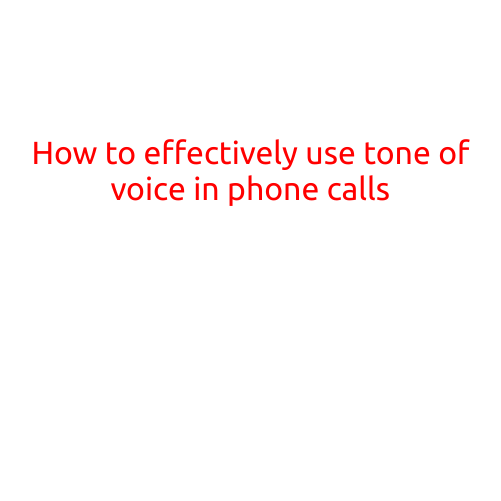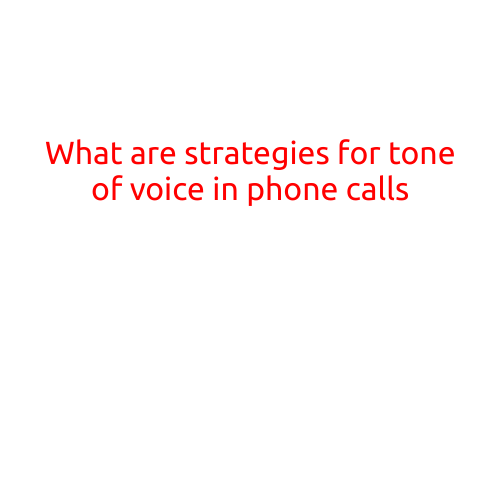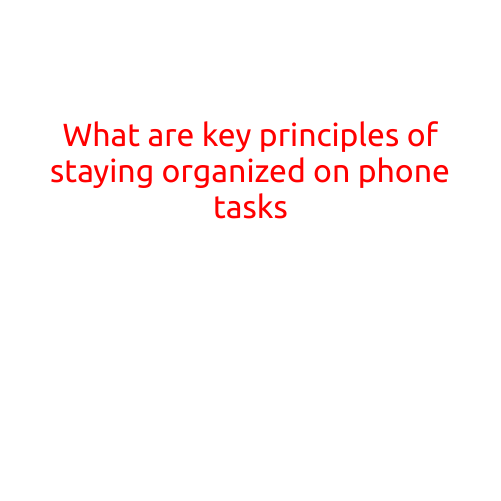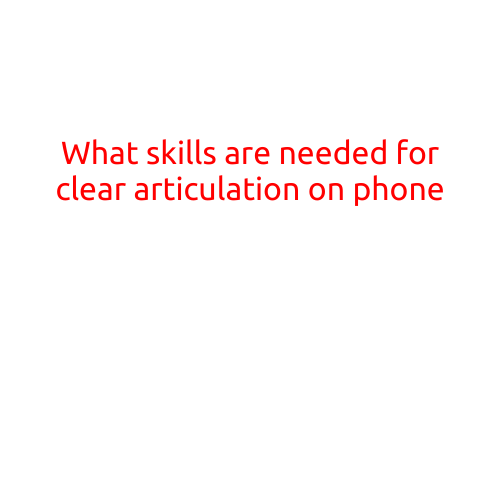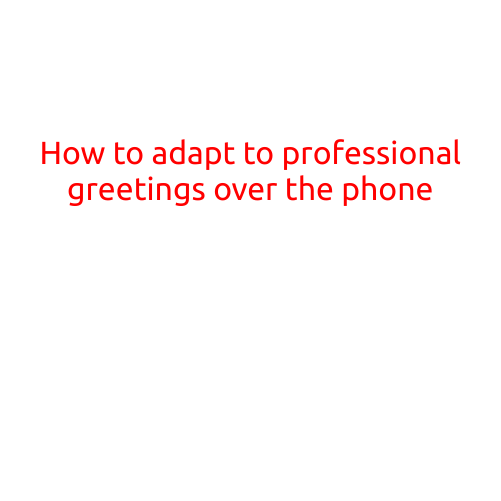
How to Adapt to Professional Greetings over the Phone
When it comes to professional telephone etiquette, a proper greeting can make all the difference in setting a positive tone for a call. Whether you’re calling a colleague, a customer, or a business partner, a courteous and professional greeting can help establish trust, convey respect, and demonstrate your attention to detail. In this article, we’ll explore the importance of professional greetings over the phone and provide tips on how to adapt to this essential communication skill.
Why Professional Greetings Matter
A professional greeting sets the stage for your call and helps to convey your level of professionalism, respect, and friendliness. It’s an opportunity to make a positive impression, introduce yourself, and establish a connection with the person on the other end of the line. A well-crafted greeting can:
- Show respect for the other person’s time and attention
- Demonstrate your professionalism and attention to detail
- Set a positive tone for the call and help build rapport
- Differentiate you from others in a competitive industry
Types of Professional Greetings
There are several types of professional greetings you can use over the phone, depending on the context and audience. Here are a few examples:
- Standard Greeting: “Hello, this is [Your Name] calling from [Your Company]. How are you today?”
- Informal Greeting: “Hi [Name], it’s [Your Name] calling. How are you doing?”
- Formal Greeting: “Good [morning/afternoon/evening], Mr./Ms./Mrs./Dr. [Last Name]. This is [Your Name] calling from [Your Company].”
- Acknowledge and Introduce: “Hello, I’m [Your Name]. I’m calling from [Your Company]. Is [Name] available to talk?”
Tips for Adapting to Professional Greetings
- Be Confident: Start with a strong, confident tone to set the stage for your call.
- Use Proper Salutations: Address the person by their title and last name unless they’ve specified otherwise.
- Be Clear and Concise: Keep your greeting brief and to the point. Avoid using jargon or overly technical language.
- Use the Right Tone: Adopt a friendly, professional tone that’s suitable for the audience and call purpose.
- Practice, Practice, Practice: The more you practice, the more comfortable you’ll become with your greeting.
- Tailor Your Greeting: Adjust your greeting depending on the context and audience. For example, a more informal greeting might be suitable for a social call, while a more formal greeting is best for business or professional calls.
- Be Prepared: Have all necessary information and materials ready before making the call to ensure a smooth, professional conversation.
Conclusion
Professional greetings over the phone are an essential part of effective communication, showcasing your professionalism, respect, and attention to detail. By adopting a proper greeting, you can set a positive tone for your call, build rapport with the person on the other end, and establish a strong, professional connection. Remember to practice, tailor your greeting to the context and audience, and always be prepared to make a great first impression.


